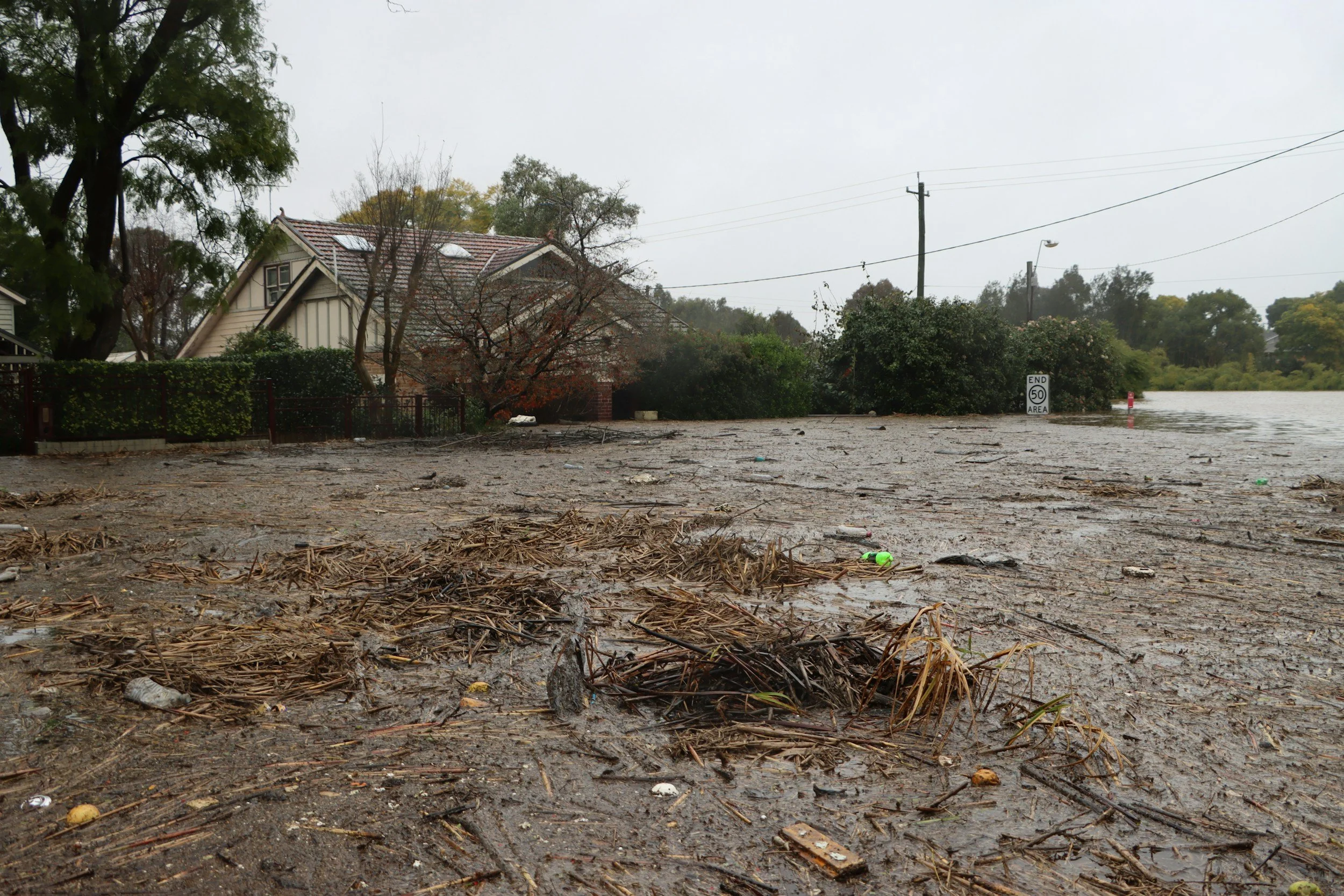Recognizing Anxiety in Kids
A tradução do texto em português se encontra logo abaixo do original em inglês.
Most adults understand and recognize anxiety. Many of us suffer from it to a degree, whether it’s acute and only pops up around big presentations or social functions, or more generalized and chronic. We know what anxiety looks like.
For adults, that might mean pressured breathing, a racing heart, uncontrollable crying, a tension headache, jitters, sweating, shaking, or constant sense of dread. If you’ve ever heard the term “Sunday scaries” where you dwell on what the coming workday or week may bring, that’s a common presentation of adult anxiety.
“The difference between anxiety in adults and in kids, is that one of those can be pretty easy to identify. Not all anxiety attacks look the same, sure, but if someone starts listing off their symptoms, most adults can put the puzzle together. ”
However, kids are a little trickier. They don’t always know how to vocalize their symptoms. The presence of anxiety might come across as another ailment or be attributed to another situation altogether. To identify anxiety in children, you need to be somewhat of a sleuth, but don’t worry. I’m going to give you the main red flags you should be aware of and this comes from working as a mental health therapist in schools for years before becoming a freelance writer.
Here’s a comprehensive video detailing common symptoms of anxiety from Psych Hub on Youtube:
Phrases
“I don’t want to.” This can be in reference to going to bed, taking a bath, walking across a crowded room, staying over at a friend’s house, etc. If it’s something your child would typically enjoy, but they seem hesitant, maybe adamant about not doing it, it could be anxiety and they don’t know how to express it.
Always be mindful of things your child says they don’t want to do. If it’s about going around certain people, there could be something you need to investigate. If they only say it about one teacher or friend’s house, there could be something more to it.
“I don’t know.” If you ask your child why they don’t want to do something or why they’re behaving a certain way and they use this phrase, it could be that they just don’t know how to describe the butterflies or jitters they feel in their chest. They feel dread and fear around the situation, but don’t understand it. “Leave me alone,” is another common response when you prod further. Just be intentional in how you proceed so you don’t shut down the conversation entirely
Kids also often lash out and say “I hate you,” or “I feel dumb” when pressed about their behavior. Just remember if you’re on the receiving end of some of the hurtful words, it’s likely because they trust you and feel safe trying to express themselves. Often, they’ll put themselves down as a way to describe a fear of failure or looking silly. Pay attention to when these phrases pop up to help them manage situational stress.
Symptoms
Aside from what kids say, we can also pay attention to certain physical symptoms which usually carry more weight than the chief complaint. Anxious kiddos are notorious for trying to stay home from school and it’s not that they’re faking all of the time. Sometimes, they really do feel crummy, but it might not be the stomach bug making its rounds. It could be the disagreement they had with a friend or the math test in second period.
Watch for times when your child has trouble sleeping. Maybe they have issues falling asleep or staying asleep. Any sudden changes in their sleep habits are worth noting. This could go hand in hand with nightmares/night terrors too.
Also, look for kids that complain of frequent stomach aches or nausea. If there’s nothing physiological going on, it could be anxiety. We’ve all been there before a big day (job interview, college exam, date with a new person, etc.) and you probably recognize the weight in your belly as anxiety, but kids usually do not. Therefore, they report that they have a stomach ache. This could also present as headaches (think tension headache).
Appearance
When your child suffers from a panic attack or spell of intense anxiety, there are some key physical presentations you can keep an eye out for. Watch their breathing. If it’s rapid, shallow, wheezy, they could be having a panic attack. Maybe they look like they’ve been playing tag on the playground, but have been sitting down for the last ten minutes… If so, there’s probably something else going on, physical or otherwise.
You can also watch for shakiness. If their hand trembles as they try to write or take a sip of water, it could be anxiety or an issue with their blood sugar. Pay close attention and investigate further. If it’s something that persists, always seek the advice of a doctor.
A few other key presentations include flushed cheeks, increased sweating, and muscle tension. You know your kids. If there’s something that seems off in their posture, mannerisms, or sociability, pay attention.
Behavior
There may be some more overt changes in their temperament as well. Look for mood swings that may result in angry outbursts, oppositional behavior, and aggression. You could notice it at home in interactions with parents or siblings. Or you may start to receive notes about behavior at school, especially if that’s the source of their anxiety.
Your anxious child may also start “shutting down” and cutting off communication with you or their peers. A sudden disinterest in things they used to love is a telltale sign that something is up. If they’ve always been clingy or hesitant to participate in activities, you may also be looking at a bit of social anxiety that’s always been there. You can also look for changes in grades, athletic performance, or appetite. Generalized anxiety is known to affect all of those and much more.
“It might be helpful to know that ADHD (attention deficit hyperactivity disorder) and anxiety are often misdiagnosed as they mimic the symptoms of one another. Fidgety kids are not always hyper and angry kids are not always anxious. Make a list of concerns and changes in behavior, keep track of them, and then report it to a psychologist, psychiatrist, or pediatrician. ”
***
Breanna Leslie
I’m a former therapist turned writer. I earned a master’s in psychology in 2015 but ultimately decided I’d like to be more present for my family. Currently I’m a stay-at-home mother of two toddlers (with another baby on the way). I enjoy writing in the parenting and home/DIY niches. I also write fiction and have been published in a handful of literary magazines and a fiction anthology. In my spare time, I enjoy blogging, painting, running, and drinking an absurd amount of coffee!
Breanna is a writer from yourcub.com
*tradução
Reconhecendo a ansiedade em crianças
A maioria dos adultos entende e reconhece a ansiedade. Muitos de nós sofremos com isso até certo ponto, seja agudo que só aparece em grandes apresentações ou funções sociais, ou mais generalizado e crônico. Nós sabemos como é a ansiedade.
Para os adultos, isso pode significar dificuldades na respiração, coração acelerado, choro incontrolável, dor de cabeça tensional, nervosismo, sudorese, tremores ou sensação constante de pavor. Se você já ouviu o termo “Sunday Scaries” (domingo assustador em tradução livre) em que você se foca sobre o que o próximo dia de trabalho ou semana pode trazer, essa é uma apresentação comum de ansiedade adulta.
“A diferença entre ansiedade em adultos e em crianças é que uma delas pode ser bem fácil de identificar. Nem todos os ataques de ansiedade parecem iguais, com certeza, mas se alguém começar a listar seus sintomas, a maioria dos adultos pode montar o quebra-cabeça. ”
No entanto, as crianças são um pouco mais complicadas. Nem sempre sabem vocalizar seus sintomas. A presença de ansiedade pode parecer outra doença ou ser atribuída a outra situação. Para identificar a ansiedade em crianças, você precisa ser um pouco detetive, mas não se preocupe. Vou dar-lhe as principais bandeiras vermelhas que você deve estar ciente e isso vem de trabalhar como terapeuta de saúde mental nas escolas por anos antes de se tornar uma escritora freelance.
Aqui está um vídeo abrangente detalhando os sintomas comuns de ansiedade do Psych Hub no Youtube:
https://youtu.be/M7TKVngrFv4 (você pode ativar as legendas em português)
Frases
“Eu não quero.” Isso pode ser uma referência a ir para a cama, tomar banho, andar por uma sala lotada, ficar na casa de um amigo, etc. Se é algo que seu filho normalmente faz ou gosta de fazer, mas ele parece hesitante, talvez inflexível sobre não fazer isso. Pode ser ansiedade que ele não sabe expressar.
Esteja sempre atento às coisas que seu filho diz que não quer fazer. Se se trata de estar perto de uma pessoa específica, pode haver algo que você precise investigar. Se eles só falarem sobre a casa de um amigo ou sobre um único professor, pode haver algo mais.
"Eu não sei." Se você perguntar ao seu filho por que ele não quer fazer algo ou por que está se comportando de uma certa maneira e ele usar essa frase, pode ser que ele simplesmente não saiba como descrever as borboletas no estômago ou o nervosismo que sente em sua vida. Eles sentem pavor e medo em torno da situação, mas não a entendem. “Deixe-me em paz” é outra resposta comum quando você insiste mais. Apenas seja intencional em como você procede para não encerrar a conversa completamente.
As crianças também costumam atacar e dizer “eu te odeio” ou “eu me sinto idiota” quando pressionadas sobre seu comportamento. Apenas lembre-se de que se você estiver recebendo algumas das palavras ofensivas, é provável que eles confiem em você e se sintam seguros tentando se expressar. Muitas vezes, eles se rebaixam como uma forma de descrever o medo do fracasso ou parecer bobo. Preste atenção em quando essas frases aparecem para ajudá-los a gerenciar o estresse situacional.
Sintomas
Além do que as crianças dizem, também podemos prestar atenção a certos sintomas físicos que geralmente carregam mais peso do que a queixa principal. Crianças ansiosas são notórias por tentar ficar em casa ao invés de ir na escola e não é que estejam fingindo o tempo todo. Às vezes, eles realmente se sentem mal, mas pode não ser uma dor de barriga, pode ser o desentendimento que tiveram com um amigo ou a prova de matemática no segundo período.
Preste atenção nos momentos em que seu filho tem problemas para dormir. Talvez eles tenham problemas para adormecer ou permanecer dormindo. Quaisquer mudanças repentinas em seus hábitos de sono são dignas de nota. Isso pode andar de mãos dadas com pesadelos / terrores noturnos também.
Além disso, procure perceber crianças que se queixam de dores de estômago frequentes ou náuseas. Se não houver nada fisiológico acontecendo, pode ser ansiedade. Todos nós já estivemos lá antes de um grande dia (entrevista de emprego, exame de faculdade, encontro com uma nova pessoa, etc.) e você provavelmente reconhece o peso em sua barriga como ansiedade, mas as crianças geralmente não. Portanto, eles relatam que estão com dor de estômago. Isso também pode se apresentar como dores de cabeça (pense na dor de cabeça tensional).
Aparência
Quando seu filho sofre um ataque de pânico ou uma crise de ansiedade intensa, existem algumas apresentações físicas importantes que você pode ficar de olho. Observe a respiração. Se for rápida, superficial, ofegante, eles podem estar tendo um ataque de pânico. Talvez eles pareçam estar brincando de pega-pega no parquinho, mas estão sentados nos últimos dez minutos... Se sim, provavelmente há algo mais acontecendo, físico ou não.
Você também pode observar tremores. Se a mão treme ao tentar escrever ou tomar um gole de água, pode ser ansiedade ou um problema com o açúcar no sangue. Preste muita atenção e investigue mais. Se for algo que persiste, procure sempre a orientação de um médico.
Algumas outras apresentações importantes incluem bochechas coradas, aumentada sudorese, tensão muscular. Você conhece seus filhos. Se houver algo que pareça estranho em sua postura, maneirismos ou sociabilidade, preste atenção.
Comportamento
Pode haver algumas mudanças mais evidentes em seu temperamento também. Procure mudanças de humor que possam resultar em explosões de raiva, comportamentos de oposição e agressão. Você pode notar isso em casa em interações com pais ou irmãos. Ou você pode começar a receber notas sobre comportamento na escola, especialmente se essa for a fonte da ansiedade.
Seu filho ansioso também pode começar a “desligar” e cortar a comunicação com você ou seus colegas. Um desinteresse repentino pelas coisas que eles costumavam amar é um sinal revelador de que algo está acontecendo. Se eles sempre foram tímidos ou hesitantes em participar de atividades sociais, você também pode estar olhando para um pouco de ansiedade social que sempre esteve lá. Você também pode procurar mudanças nas notas, desempenho atlético ou apetite. A ansiedade generalizada é conhecida por afetar tudo isso e muito mais.
“Pode ser útil saber que o TDAH (Transtorno do Déficit de Atenção com Hiperatividade) e a ansiedade são frequentemente diagnosticados erroneamente, pois imitam os sintomas um do outro. Crianças inquietas nem sempre são hiperativas e crianças raivosas nem sempre são ansiosas. Faça uma lista de preocupações e mudanças de comportamento, acompanhe-as e relate-as a um psicólogo, psiquiatra ou pediatra. ”
***
Breanna Leslie
Sou uma ex-terapeuta que virou escritora. Fiz mestrado em psicologia em 2015, mas acabei decidindo que gostaria de estar mais presente para minha família. Atualmente eu sou uma dona de casa, mãe de duas crianças (com outro bebê a caminho). Eu gosto de escrever nos nichos de pais e casa/faça você mesmo. Também escrevo ficção e já fui publicada em um punhado de revistas literárias e uma antologia de ficção. Nas horas vagas, gosto de blogar, pintar, correr e beber uma quantidade absurda de café!
Breanna é escritora do site yourcub.com










De tantas tragédias e mazelas que há no mundo, um pensamento me surgiu à mente: não seriam as maiores dores sofridas pelo ser humano, exatamente iguais?